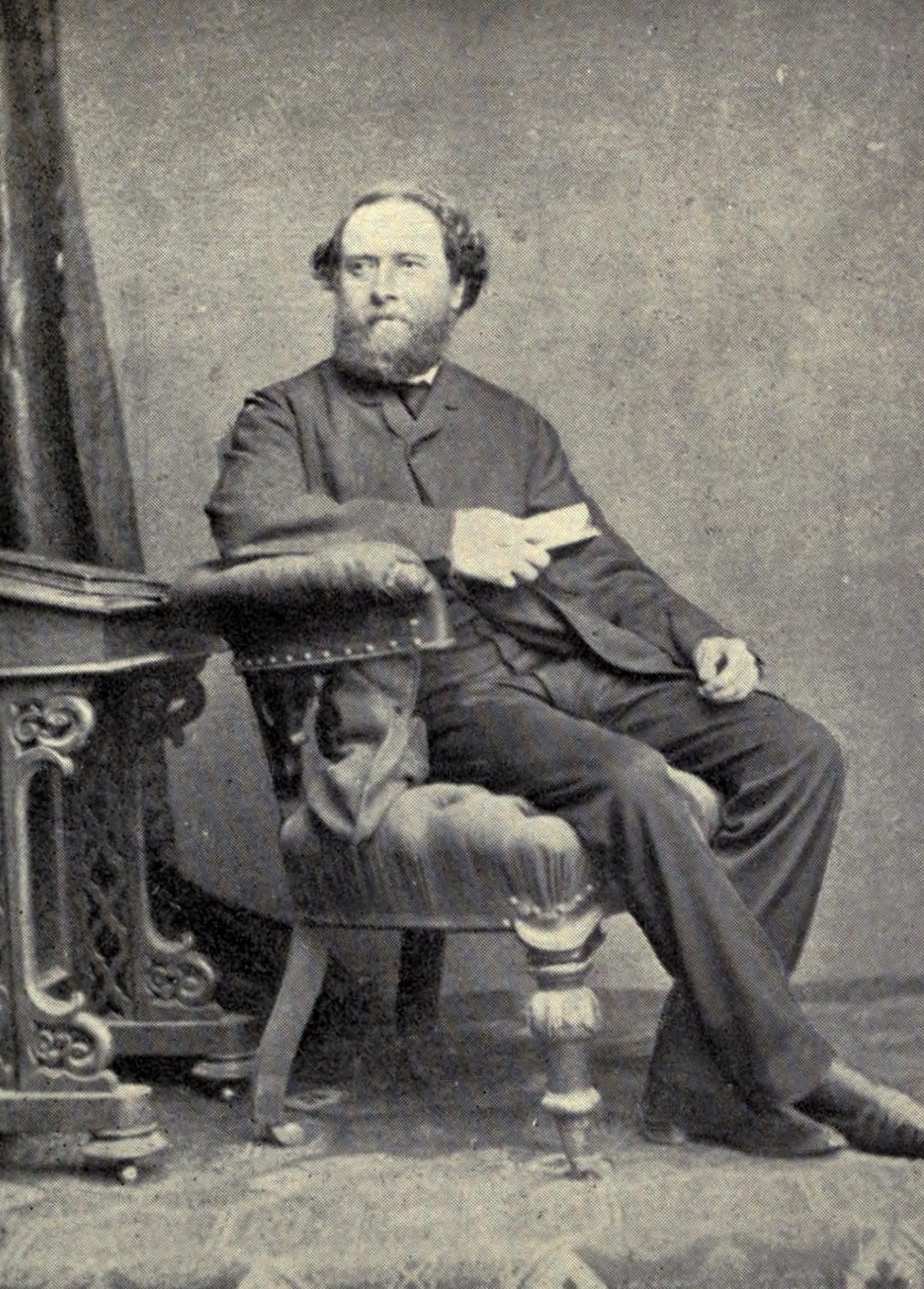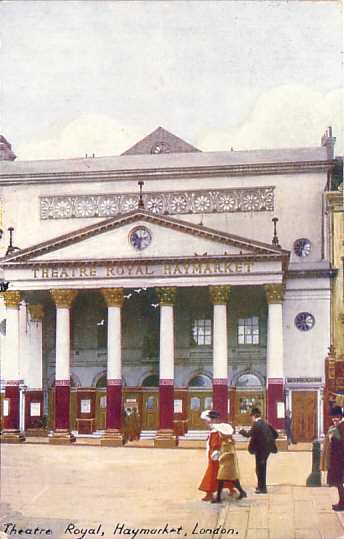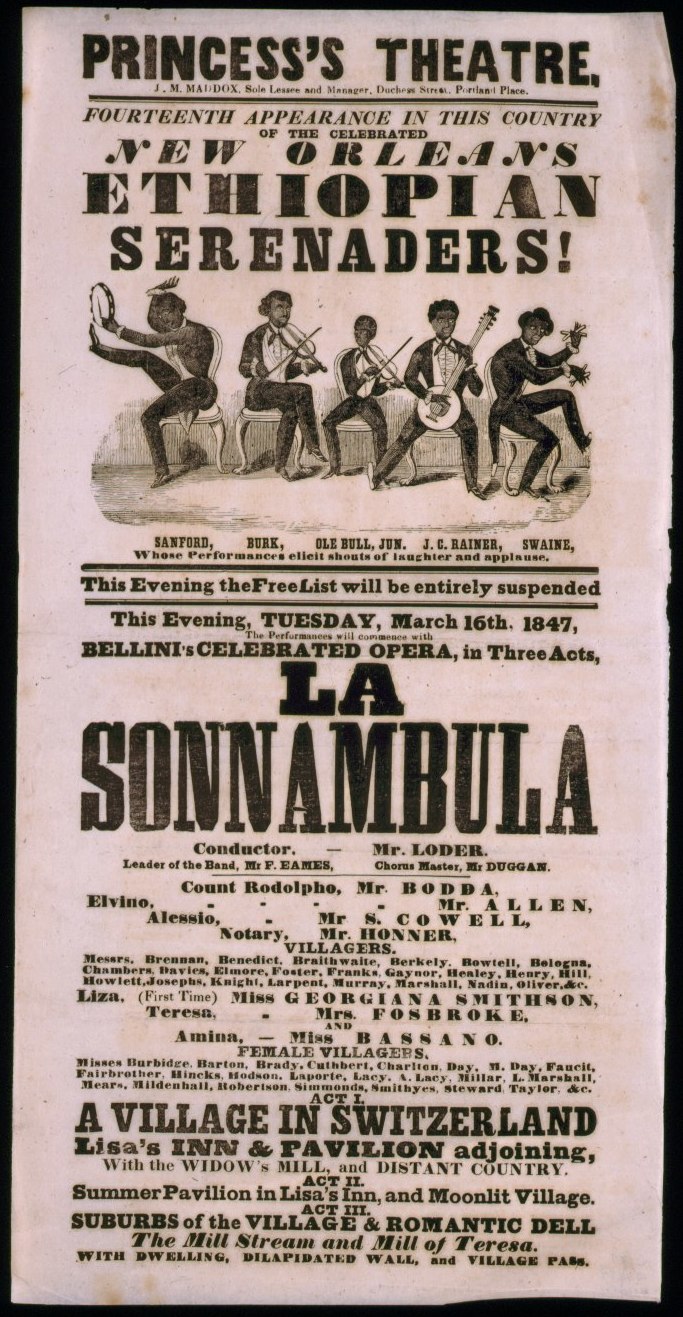|
Kate Saville
Kate Saville (1835/1836 – 7 May 1922) was an English actress. She played leading roles in original productions of many plays in the 1860s. Life Kate Saville was a daughter of John Faucit Saville, an actor and playwright, and sister of the actress Helena Faucit. She first appeared on the London stage in September 1859, in ''Ivy Hall'', adapted by John Oxenford from ''Le Roman d'un jeune homme pauvre'' by Octave Feuillet."Saville, Kate". Charles E. Pascoe, editor. ''The Dramatic List: a record of the performances of living actors and actresses of the British stage'', 1880. In January 1860 she appeared in original productions staged by Madame Céleste, manager of the Lyceum Theatre in London: as Lucie Manette in ''A Tale of Two Cities'', and later as Milaine de St Ange in ''The House on the Bridge of Notre Dame''. She was engaged for the next two years at the Olympic Theatre in London. Here she created roles in new plays: as Martha Gibbs in Tom Taylor's ''All that Glitters i ... [...More Info...] [...Related Items...] OR: [Wikipedia] [Google] [Baidu] |
John Faucit Saville
John Faucit Savill or Saville, also known as John Savill(e) Faucit, stage name Mr Faucit, (1783?–1853) was an English actor, playwright and theatre manager. He married Harriet Diddear, later known as Harriet Elizabeth Savill and as Mrs Faucit. They had six children including the actress Helena Faucit Helena Saville Faucit, Lady Martin (11 October 1817 – 31 October 1898) was an English actress. Early life Born in London, she was the daughter of actors John Saville Faucit and Harriet Elizabeth Savill. Her parents separated when she was a gi ... (also known as Helen). References 1780s births 1853 deaths English male stage actors English theatre managers and producers English dramatists and playwrights 19th-century British businesspeople 19th-century English male actors {{England-actor-stub ... [...More Info...] [...Related Items...] OR: [Wikipedia] [Google] [Baidu] |
John Westland Marston
John Westland Marston (30 January 1819 – 5 January 1890) was an English dramatist and critic. Life He was born at Boston, Lincolnshire, on 30 January 1819, was son of the Rev. Stephen Marston, minister of a Baptist congregation. In 1834, he was apprenticed to his maternal uncle, a London solicitor; but although he was not inattentive to the duties of the office after obtained a fair knowledge of law, literature and the theatre had much greater attractions for him. His evenings were devoted to the theatre and becoming acquainted with Heraud, Francis Barham, and other members of the group which gathered around James Pierrepont Greaves. He contributed to Heraud's magazine ''The Sunbeam,'' and himself became editor of a mystical periodical entitled ''The Psyche.'' Among its chief supporters were some wealthy ladies near Cheltenham, Through them he made the acquaintance of Eleanor Jane Potts, eldest daughter of the proprietor of ''Saunders's News-Letter,'' who had retired to ... [...More Info...] [...Related Items...] OR: [Wikipedia] [Google] [Baidu] |
1922 Deaths
Nineteen or 19 may refer to: * 19 (number), the natural number following 18 and preceding 20 * one of the years 19 BC, AD 19, 1919, 2019 Films * ''19'' (film), a 2001 Japanese film * ''Nineteen'' (film), a 1987 science fiction film Music * 19 (band), a Japanese pop music duo Albums * ''19'' (Adele album), 2008 * ''19'', a 2003 album by Alsou * ''19'', a 2006 album by Evan Yo * ''19'', a 2018 album by MHD * ''19'', one half of the double album '' 63/19'' by Kool A.D. * '' Number Nineteen'', a 1971 album by American jazz pianist Mal Waldron * ''XIX'' (EP), a 2019 EP by 1the9 Songs * "19" (song), a 1985 song by British musician Paul Hardcastle. * "Nineteen", a song by Bad4Good from the 1992 album ''Refugee'' * "Nineteen", a song by Karma to Burn from the 2001 album ''Almost Heathen''. * "Nineteen" (song), a 2007 song by American singer Billy Ray Cyrus. * "Nineteen", a song by Tegan and Sara from the 2007 album '' The Con''. * "XIX" (song), a 2014 song by Slip ... [...More Info...] [...Related Items...] OR: [Wikipedia] [Google] [Baidu] |
1835 Births
Events January–March * January 7 – anchors off the Chonos Archipelago on her second voyage, with Charles Darwin on board as naturalist. * January 8 – The United States public debt contracts to zero, for the only time in history. * January 24 – Malê Revolt: African slaves of Yoruba Muslim origin revolt in Salvador, Bahia. * January 26 – Queen Maria II of Portugal marries Auguste de Beauharnais, 2nd Duke of Leuchtenberg, in Lisbon; he dies only two months later. * January 26 – Saint Paul's in Macau largely destroyed by fire after a typhoon hits. * January 30 – An assassination is attempted against United States President Andrew Jackson in the United States Capitol (the first assassination attempt against a President of the United States). * February 1 – Slavery is abolished in Mauritius. * February 20 – 1835 Concepción earthquake: Concepción, Chile, is destroyed by an earthquake; the resulting tsunami destroys the neighboring city of Tal ... [...More Info...] [...Related Items...] OR: [Wikipedia] [Google] [Baidu] |
National Portrait Gallery, London
The National Portrait Gallery (NPG) is an art gallery in London housing a collection of portraits of historically important and famous British people. It was arguably the first national public gallery dedicated to portraits in the world when it opened in 1856. The gallery moved in 1896 to its current site at St Martin's Place, off Trafalgar Square, and adjoining the National Gallery (London), National Gallery. It has been expanded twice since then. The National Portrait Gallery also has regional outposts at Beningbrough Hall in Yorkshire and Montacute House in Somerset. It is unconnected to the Scottish National Portrait Gallery in Edinburgh, with which its remit overlaps. The gallery is a non-departmental public body sponsored by the Department for Digital, Culture, Media and Sport. Collection The gallery houses portraits of historically important and famous British people, selected on the basis of the significance of the sitter, not that of the artist. The collection includes ... [...More Info...] [...Related Items...] OR: [Wikipedia] [Google] [Baidu] |
The Stage
''The Stage'' is a British weekly newspaper and website covering the entertainment industry and particularly theatre. It was founded in 1880. It contains news, reviews, opinion, features, and recruitment advertising, mainly directed at those who work in theatre and the performing arts. History The first edition of ''The Stage'' was published (under the title ''The Stage Directory – a London and Provincial Theatrical Advertiser'') on 1 February 1880 at a cost of three old pence for twelve pages. Publication was monthly until 25 March 1881, when the first weekly edition was produced. At the same time, the name was shortened to ''The Stage'' and the publication numbering restarted at number 1. The publication was a joint venture between founding editor Charles Lionel Carson and business manager Maurice Comerford. It operated from offices opposite the Theatre Royal, Drury Lane. Carson, whose real name was Lionel Courtier-Dutton, was cited as the founder. His wife Emily Courtie ... [...More Info...] [...Related Items...] OR: [Wikipedia] [Google] [Baidu] |
FreeBMD
FreeBMD is a UK-based charitable organisation and website founded in 1998, and established as charity in 2003 to create a free transcription of the indexes to Births, Marriages and Deaths (BMD) for England and Wales from 1837 to 1983. It also provides on-line access to images of the pages of the BMD indexes. Since 2014 FreeBMD has been part of Free UK Genealogy. History FreeBMD was founded in 1998 by Ben Laurie, Graham Hart and Camilla Von Massenbach, with the intention of creating a searchable version of the General Register Office indexes of England and Wales. The three founders were joined in 1999 by Dave Mayall. The project became a registered charity in 2003. In 2005, FreeBMD absorbed the formerly separate, but closely allied, projects FreeCEN and FreeREG, bringing all three projects under a single trustee body, while retaining autonomous day-to-day management. In 2014, the name was changed to Free UK Genealogy, to better reflect their aims. In 2016, it became a Charita ... [...More Info...] [...Related Items...] OR: [Wikipedia] [Google] [Baidu] |
Royal Dramatic College
The Royal Dramatic College was a home for retired actors in Woking, England; it was opened by the Prince of Wales (later Edward VII) in 1865, and closed because of financial difficulty in 1877. Origins of the College On 21 July 1858, at the Princess's Theatre, London, there was a well-attended meeting, chaired by the actor Charles Kean, to discuss the feasibility of providing almshouses for retired actors. Charles Dickens and William Makepeace Thackeray were among those present. As a result of the meeting a trust was formed, and a suitable site for the proposed building was found, in Woking where a ten-acre site in Maybury Common was purchased from the London Necropolis Company for £750.Page 42 ''Church and Stage in Victorian England'', by Richard Foulkes, accessed 15 Oct 2014. [...More Info...] [...Related Items...] OR: [Wikipedia] [Google] [Baidu] |
Thomas Cooke (actor)
Thomas Potter Cooke (23 April 1786 – 10 April 1864) was an English actor. Early life He was born on 23 April 1786, in Titchfield Street, Marylebone, London; his father was a surgeon, who died when he was six years old. He sailed, under age, on board the sloop to Toulon, and was present at the Battle of Cape St. Vincent in 1797. After escaping drowning off Cuxhaven, where ''Raven'' was lost and the crew had to take refuge in the rigging, he reached England. He sailed again on board , carrying Rear-Admiral Sir Robert Calder, to the blockade of Brest. The Peace of Amiens of 1802 deprived Cooke of his naval occupation. Actor and manager In January 1804, Cooke made his stage ''début'' at the Royalty Theatre in Wellclose Square. He was then engaged by Astley for Astley's Amphitheatre where he appeared as Lord Nelson. He subsequently played at the Lyceum, and then joined the company of Henry Erskine Johnston, who opened a theatre in Peter Street, Dublin. In 1809 he was engaged b ... [...More Info...] [...Related Items...] OR: [Wikipedia] [Google] [Baidu] |
Haymarket Theatre
The Theatre Royal Haymarket (also known as Haymarket Theatre or the Little Theatre) is a West End theatre on Haymarket in the City of Westminster which dates back to 1720, making it the third-oldest London playhouse still in use. Samuel Foote acquired the lease in 1747, and in 1766 he gained a royal patent to play legitimate drama (meaning spoken drama, as opposed to opera, concerts or plays with music) in the summer months. The original building was a little further north in the same street. It has been at its current location since 1821, when it was redesigned by John Nash. It is a Grade I listed building, with a seating capacity of 888. The freehold of the theatre is owned by the Crown Estate. The Haymarket has been the site of a significant innovation in theatre. In 1873, it was the venue for the first scheduled matinée performance, establishing a custom soon followed in theatres everywhere. Its managers have included Benjamin Nottingham Webster, John Baldwin Buckst ... [...More Info...] [...Related Items...] OR: [Wikipedia] [Google] [Baidu] |
Princess's Theatre, London
The Princess's Theatre or Princess Theatre was a theatre in Oxford Street, London. The building opened in 1828 as the "Queen's Bazaar" and housed a diorama by Clarkson Stanfield and David Roberts. It was converted into a theatre and opened in 1836 as the Princess's Theatre, named for then Princess Victoria before her accession as queen. After an unsuccessful series of promenade concerts, alterations were made on the interior, and the theatre was reopened on 26 December 1842 with Vincenzo Bellini's opera '' La sonnambula''. The theatre, by now under the management of John Medex Maddox, presented operas and other entertainments, such as General Tom Thumb. The theatre is best remembered for Charles Kean's Shakespeare revivals, beginning in 1849 and continuing for ten years. Kean presented these in lavish and well-researched "authentic" productions and also presented French drama. Dion Boucicault became the theatre's leading actor, and Ellen Terry and Henry Irving got t ... [...More Info...] [...Related Items...] OR: [Wikipedia] [Google] [Baidu] |
Helena Faucit
Helena Saville Faucit, Lady Martin (11 October 1817 – 31 October 1898) was an English actress. Early life Born in London, she was the daughter of actors John Saville Faucit and Harriet Elizabeth Savill. Her parents separated when she was a girl, and her mother went to live with William Farren in 1825.Carol J. Carlisle, 'Saville , John Faucit (1783?–1853)', Oxford Dictionary of National Biography, Oxford University Press, 2004; online edn, Jan 200accessed 2 Nov 2015/ref> With her elder sister Harriet, she was trained for the stage by her step-uncle, Percy Farren. She debuted as Juliet at a small theatre in Richmond in 1833. Her performance was praised by critics of '' The Athenaeum'', but Farren delayed her professional debut to give her further training. Early career Faucit's first professional appearance was made on 5 January 1836 at Covent Garden as Julia in James Sheridan Knowles's ''The Hunchback''. Her debut, a spectacular success, placed her at once among the leading ... [...More Info...] [...Related Items...] OR: [Wikipedia] [Google] [Baidu] |






